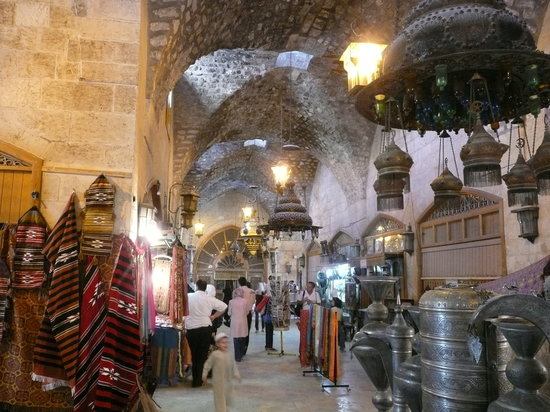The facts of the case are straightforward. A buyer, Albert Rabizadeh, refused to pay the purchase price for a work of art he won at auction, and because the Jenack auction house failed to comply with the Statute of Frauds, the appellate court in New York has held the contract to be unenforceable. The provision at issue is a New York state law known as the statute of frauds. the term stems from a jolly old legal principle which the English Parliament passed in 1677. The original purpose of the law was to prevent fraud from being given legal effect in certain important agreements. It encouraged contracting parties to reduce their bargain to a writing so as to prevent a 17th century jury from enforcing contracts that had never been made. This provision has now been largely done away with under English law, but survives in the U.S. under the Uniform Commercial Code.
 Currently the legal safeguards known as the statute of frauds require a signed writing for certain kinds of contracts to be enforced (the sale of goods over $500, the sale of land, contracts that can't be performed within a year, etc.). The contract at issue in the dispute between Rabizadeh and Jenack was over a silver and enamel box, a Russian work of art, which was bid for $460,000 including the buyers premium. It might have looked something like this.
Currently the legal safeguards known as the statute of frauds require a signed writing for certain kinds of contracts to be enforced (the sale of goods over $500, the sale of land, contracts that can't be performed within a year, etc.). The contract at issue in the dispute between Rabizadeh and Jenack was over a silver and enamel box, a Russian work of art, which was bid for $460,000 including the buyers premium. It might have looked something like this.New York's state law provision requires that at the time of sale the nature of the property, the terms of sale, the name of the purchaser, and the name of the person on whose account the sale was made shall be entered in something called a sale book. N.Y. Gen. Oblig. Law § 5-701(a)(6)(2012). Both New York and California have enacted these kinds of provisions, and it should be noted these two states surely account for the bulk of the American art market and a substantial share of the world art trade as well. Any changes made to how auctions are conducted in these jurisdictions demands serious attention. General practice in the art trade has been to skirt by and assume that the anonymous number is enough to satisfy the requirement that the seller and buyer are named in writing, and this is the argument the Jenack auction house pressed unsuccessfully on appeal.
The New York court held that the consignor's number (in this case 428) was not enough to satisfy the plain language of the statute. Now the question becomes, does this ruling require auction houses to reveal the identity of buyers and sellers? Yes, but only to each other. From my reading of the decision, only the auction house, the buyer and the seller would know who each other are. And even so, the only time that this requirement of transparency were to be enforced would be if a buyer refused to pay, as happened here, or if there were some other difficulty with the agreement. There may be other creative steps the auction house could take to ensure buyers who do not pay their winning bids can be removed from the auction process.
All of this would only incrementally shift the needle towards imparting the light of day into the art trade, which is anonymous and involves a labyrinthine set of relationships between all the parties involved. I have been a big advocate of more transparency in the trade, but I do not think this ruling by itself will accomplish much in that regard. At present it seems likely that the auction house, likely joined by others will attempt to appeal this case to New York's highest court. And even if this ruling were to be upheld it seems likely that that the big auction houses would attempt to have the New York state legislature correct any errors they feel were made. Justice Skelos himself acknowledge this in the opinion:
To the extent that the requirement in General Obligations Law § 5-701(a)(6) that the memorandum contain the name of, rather than an assigned number for, the "person on whose account the sale was made" may be at odds with the general industry practice, and may be burdensome to consignors or auction houses or both, a change in the law to eliminate that requirement may be warranted. However, consideration of the propriety of that change is not for the courts, but rests with the Legislature.So we will wait then for this dispute to reach a final result, and wait for any potential action by the legislators in Albany. Should more consideration be given to the role of the UCC and the art trade, this would give heritage advocates an opportunity to revisit the current practice of the auction art market, which would be a welcome change.
Finally a quick reply to Tom Flynn, who I've never known to have much good to say about lawyers. There's nothing wrong with that of course, but in this case he
- Jenack Inc. v. Rabizadeh, 2012 NY Slip Op 6211 (2012).










